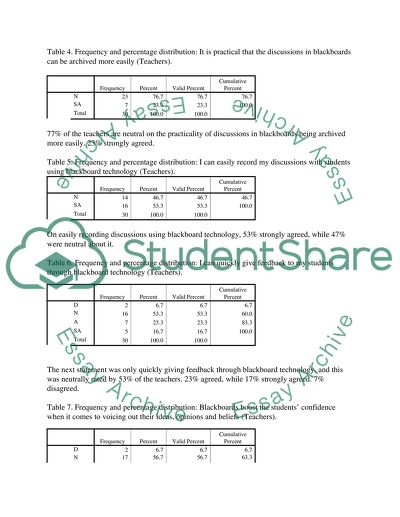Cite this document
(Designing The Survey Instruments Assignment Example | Topics and Well Written Essays - 1750 words, n.d.)
Designing The Survey Instruments Assignment Example | Topics and Well Written Essays - 1750 words. https://studentshare.org/sociology/1571312-design-a-survey-instrument
Designing The Survey Instruments Assignment Example | Topics and Well Written Essays - 1750 words. https://studentshare.org/sociology/1571312-design-a-survey-instrument
(Designing The Survey Instruments Assignment Example | Topics and Well Written Essays - 1750 Words)
Designing The Survey Instruments Assignment Example | Topics and Well Written Essays - 1750 Words. https://studentshare.org/sociology/1571312-design-a-survey-instrument.
Designing The Survey Instruments Assignment Example | Topics and Well Written Essays - 1750 Words. https://studentshare.org/sociology/1571312-design-a-survey-instrument.
“Designing The Survey Instruments Assignment Example | Topics and Well Written Essays - 1750 Words”. https://studentshare.org/sociology/1571312-design-a-survey-instrument.


